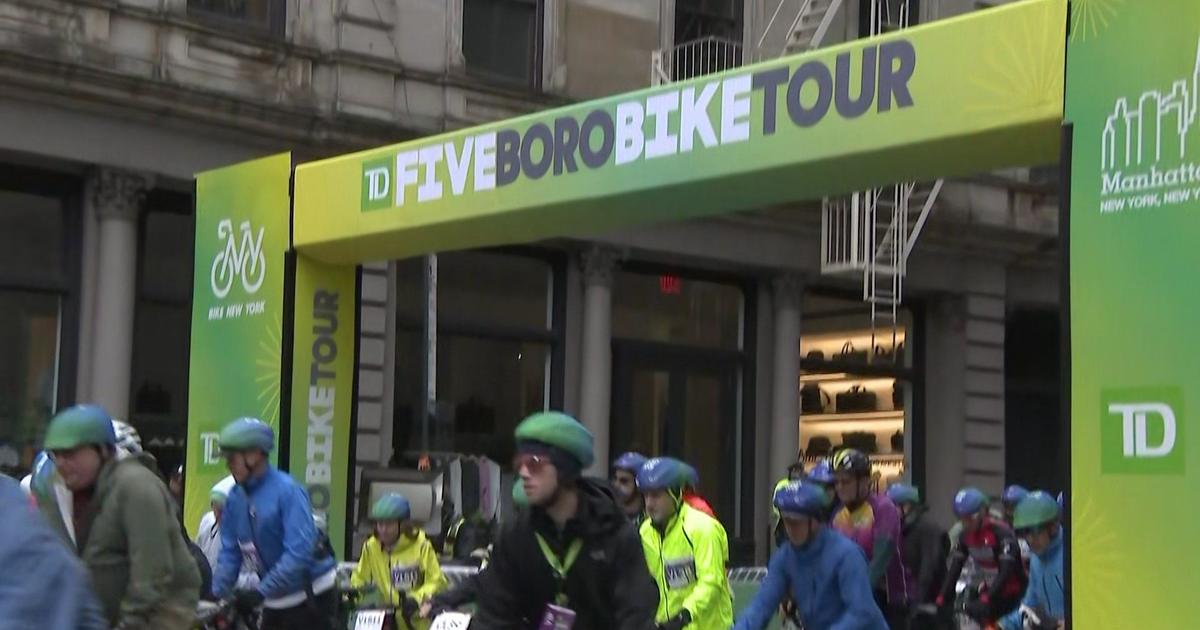9/11 20 Years Later: Looking Back On What's Believed To Be Largest Sea Rescue In U.S. History
NEW YORK (CBSNewYork) -- After the collapse of the Twin Towers, thousands of people were trapped with no access to subways, roads or bridges.
New Yorkers turned to the river, where boaters sprung into action.
CBS2's Aundrea Cline-Thomas has the lesser-known story of the historic evacuations on the water.
Twenty years later, NY Waterway ferry Capt. Richard Thornton is still on the Hudson River.
"Every once in a while, you're struck with the horrors that you witnessed that day," Thornton said.
On Sept. 11, 2001, on his typical route, he witnessed the planes barreling into the World Trade Center.
"I just pulled a U-turn. I didn't call anybody. I didn't get clearance from the Coast Guard or Port Ops or the management. I just kind of stole the ferry and headed downtown," Thornton said.
Complete Coverage: 9/11 Twenty Years Later
The ferries were among the first boats to reach the shoreline to meet a crush of people clouded in a fog of smoke and dust.
"Manhattan is an island. When the bridges and the tunnels shut down, the only way on or off is by boat," said author Jessica Dulong.
The John J. Harvey fireboat was the main water supply to firefighters. Personal sailboats and mariners beelined to the island on fire, improvising along the way.
"Some people were jumping into the river and swimming out of Manhattan in pure panic mode. So we stopped to pick up a few people in the water," Thornton said.
With few docks in the area, makeshift and sometimes risky techniques were used for boarding.
Justine Cuccia was eight months pregnant when she and her family carefully made their way onto a private boat. But another mother, with a newborn, was afraid to get on.
"They wanted her to give the baby and then have her step, because they were afraid if she fell," Cuccia said.
With urgency mounting, Cuccia took action.
"With this big belly, I go to her and I say, 'Will you give me your baby?' And she kind of looks at me, looks at my stomach, hands me her baby... I take the baby in time for her to get on the boat, give him a little kiss on his head, give him back. And I went to the back of the boat with my family. She stayed, whatever," Cuccia said.
Up to 500,000 people were believed to have been rescued that day, the largest water evacuation in history.
Dulong documented the lesser-known stories of heroism from everyday people in her book "Saved at the Seawall -- Stories from the September 11 Boat Lift."
"I'm hoping that as we can look back on 20 years, we can see that coming together in that way is still possible," Dulong said.
She said it's still possible, even during a pandemic.
"One minute you're looking at the worst of humanity, the planes crashing into the towers. The next minute, you're seeing the best," Thornton said.
Because when so much was lost, our collective humanity was all we had.



